A Trip to The Met Cloisters: everything you need to know
The Met Cloisters in northern Manhattan, NYC. All photos by John O’Boyle / The Empty Nest Explorers
If you are looking to get away from the hustle of New York City without ever leaving the city then a quick subway trip to the Met Cloisters is the place to go.
The four-acre site is part of the Metropolitan Museum, but instead of the giant Fifth Avenue location, it is located at the very northern tip of Manhattan, overlooking the Hudson River.
The building incorporates real medieval architectural elements imported from Europe and showcases tapestries, sculpture, stained glass, metalwork, and medieval gardens.
John D. Rockefeller provided the money to acquire the location in Forty Tyron Park and the acquisition of John Grey Barnard’s collection in 1925.
The museum has four main cloisters (Cuxa, Saint-Guilhem, Bonnefont, Trie) that incorporate stonework and features taken from French and Spanish medieval monasteries and abbeys, shipped to New York and reassembled.
Many of the other rooms feature 12th and 13th-century elements shipped to New York from France and Spain.
The rooms definitely transport you to Europe, and it doesn’t feel like they were disassembled and shipped here. The whole museum has a cohesive feel and looks like it has stood in NYC since the 12th century.
Visiting the Cloisters
Like many museums, the Cloisters visitor path leads you from room to room and floor to floor. Moving from one stone room to another is broken up by passing through the four beautiful cloisters.
Cuxa cloister
Looking at the museum map, you’ll see the Cuxa cloister located right in the middle of the first floor.
Most of what you see is from the Benedictine Abbey of Sant Miquel de Cuixà in Spain. The building was founded in the year 878 but was abandoned and fell into disrepair in 1791.
About half of its stonework was moved from Spain to New York between 1906 and 1907 and was one of the first areas of the Cloisters open to the public.
Trie cloisters
Most of the Trie cloisters material comes from the Carmelite convent at Trie-sur-Baïse in south-western France. The building dates to the early 16th century.
The rectangular garden hosts around 80 plant species and contains a tall fountain.
Gothic chapel
The Gothic chapel at the Met Cloisters.
The Gothic chapel is one of the Cloisters’ most striking rooms. You can enter from the ground floor, but the view is much better when entering from the first floor and walking down the stairs.
The museum built the chapel to house its stained glass and large sculpture collections.
Much of the room’s collection comes from France and Spain.
Looking for another unique NYC Museum? Here’s our post on the Tenement Museum: Visiting The Tenement Museum, one of our favorite NYC museums
Fuentidueña chapel
The Fuentidueña chapel is both the museum’s largest room and starkest.
It was fun to learn that the giant domed area in the chapel comes from the Fuentidueña chapel in Segovia, Spain. We visited Segovia two years ago and loved the town.
You can read our blog post: Visiting Segovia: a perfect day trip from Madrid
Getting to the Cloisters
We have both driven and taken the subway to Cloisters. Either way works well, depending on where you are coming from.
Driving:
The Cloisters is near the George Washington Bridge, so it’s easy to visit from New Jersey and Pennsylvania. It’s also an easy drive from New York State and Connecticut.
Take Henry Hudson Parkway northbound to the exit after the George Washington Bridge (signed “Fort Tryon Park & The Cloisters”). This exit is accessible only from the northbound lanes; if you are coming from the north, follow directions for a U-turn to approach northbound.
There is free parking in Fort Tryon Park, but the spots are limited, so arriving early or late in the day may be the best bet if you are visiting at a popular time of year.
Subway:
The best way is to take the A train to 190th Street. After exiting, walk north through Fort Tyron Park. It’s a pleasant 10-15 minute walk.
Bus:
You can also take the M4 bus; the Cloisters is its last stop.
Keep in mind the bus ride will be much longer than the subway, depending on where you are coming from.
Interested in visiting the main Metropolitan Museum on Fifth Avenue in NYC? We have all the details on our blog post: Visiting the Metropolitan Museum
Helpful information for your Cloisters visit
The Met Cloisters is open daily from 10 am to 4:30 pm but is closed Wednesdays, Thanksgiving Day, December 25, and January 1
Plan about 2-3 hours for a leisurely paced visit
Due to its landmark status, the Coisters has limited access for wheelchair and stroller users and others who need step-free access.
Ticket prices are $30 for adults; $22 for seniors, and $17 for students. New York State residents and NY, NJ, and CT students can pay what they wish for admission (ID required)
All tickets include same-day entry to both Met locations for the date on your ticket. Visiting both the Cloisters and the main Met Museum might be a great deal for the money it will certainly be a long and exhausting day.
There are daily guided tours and a series of interesting events at the Cloisters. Since the schedule often changes, it’s best to check the Cloister website here.
The Trie Cafe is open April–October and offers sandwiches, salads, coffee, and drinks.
This post was researched and written by John of the Empty Nest Explorers. You can learn more about the Empty Nest Explorers here.





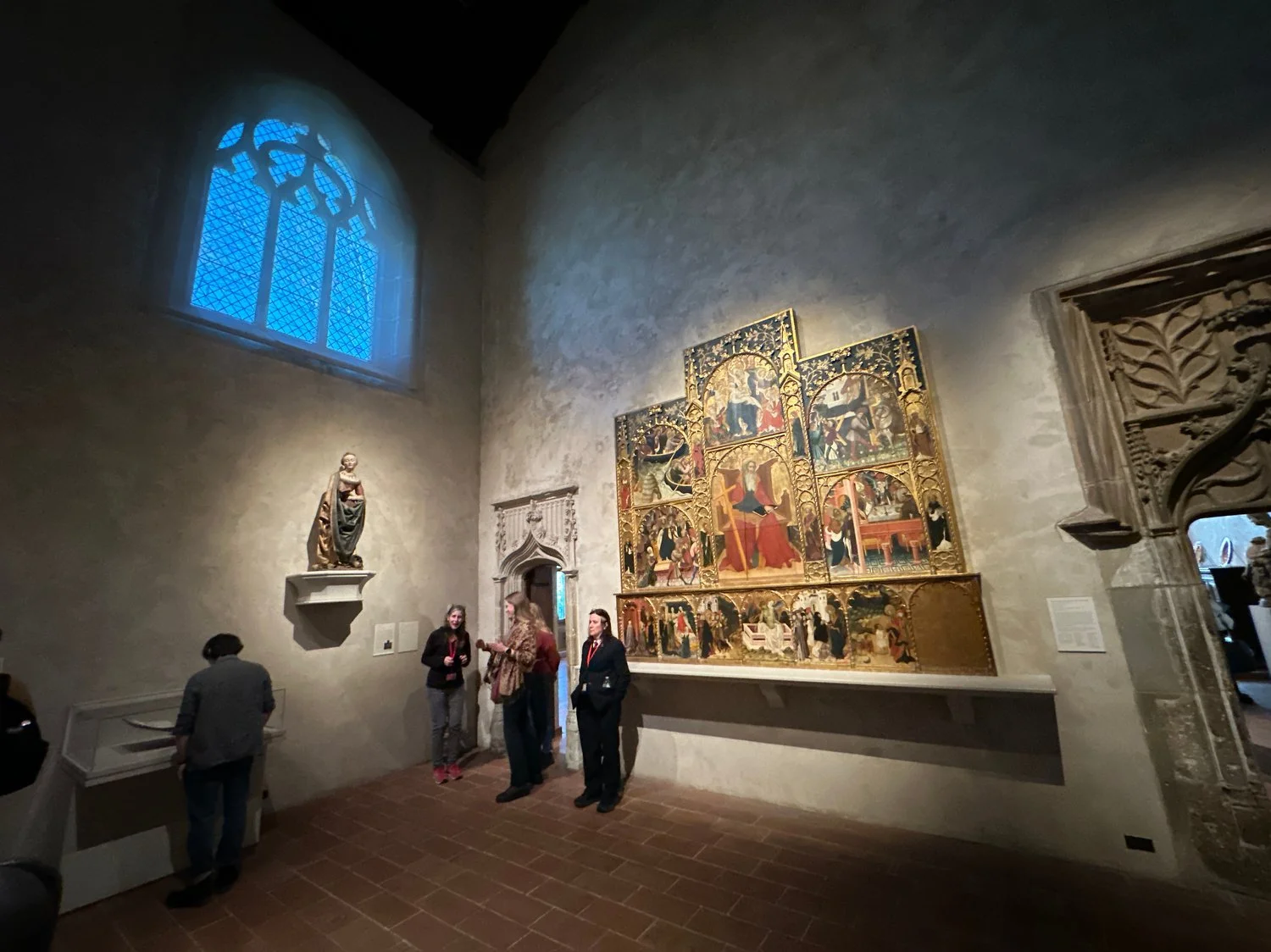
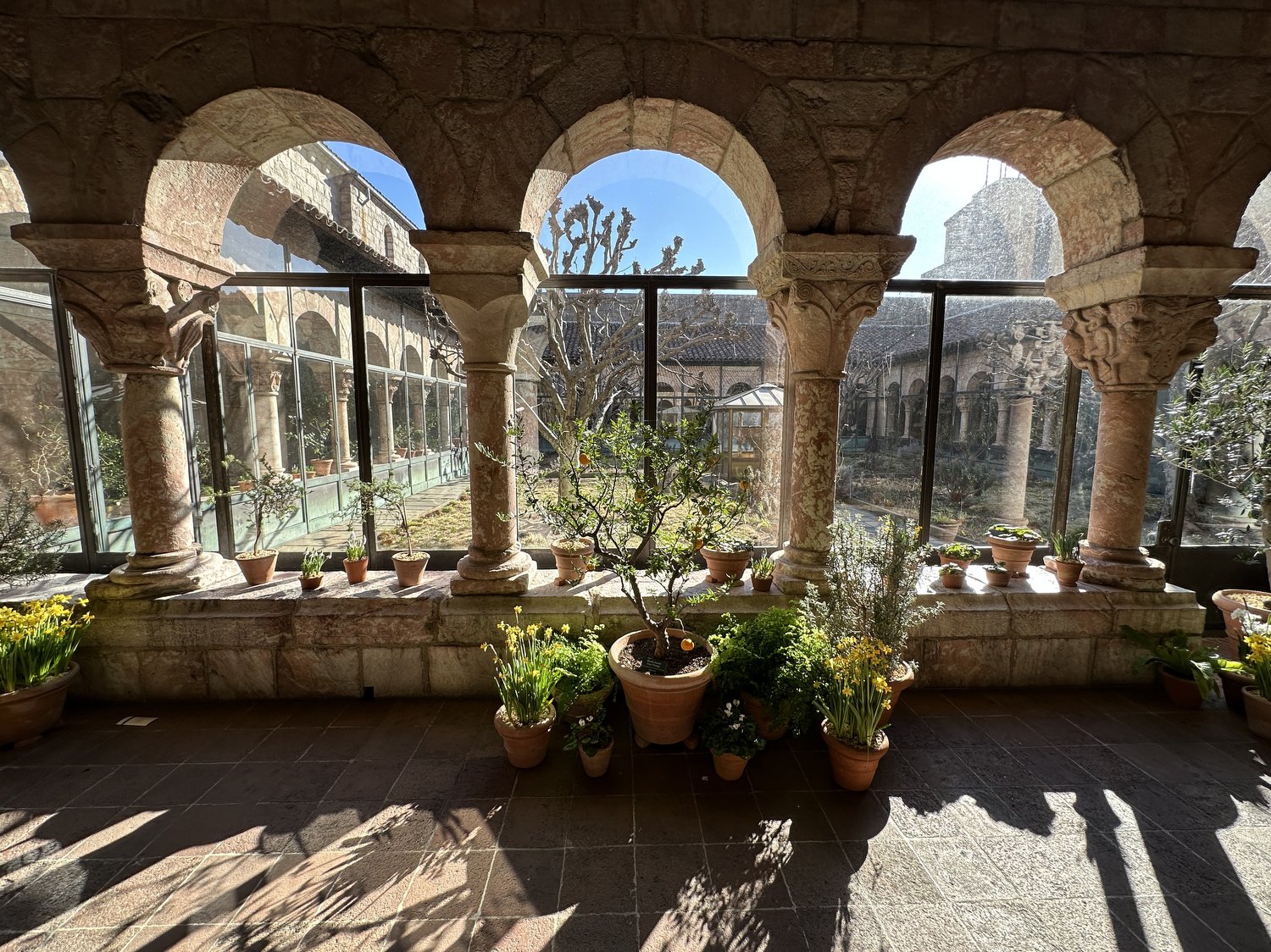

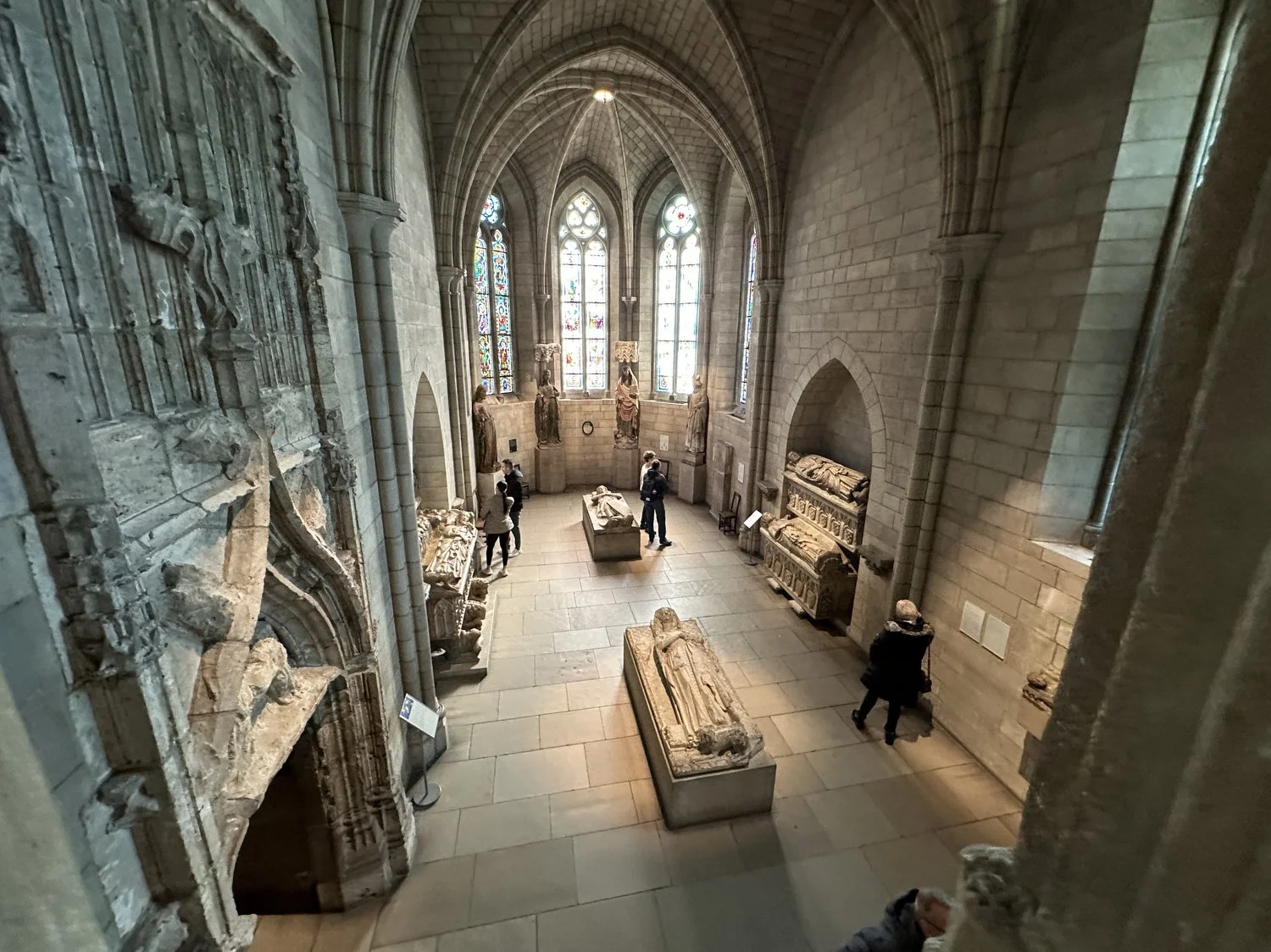




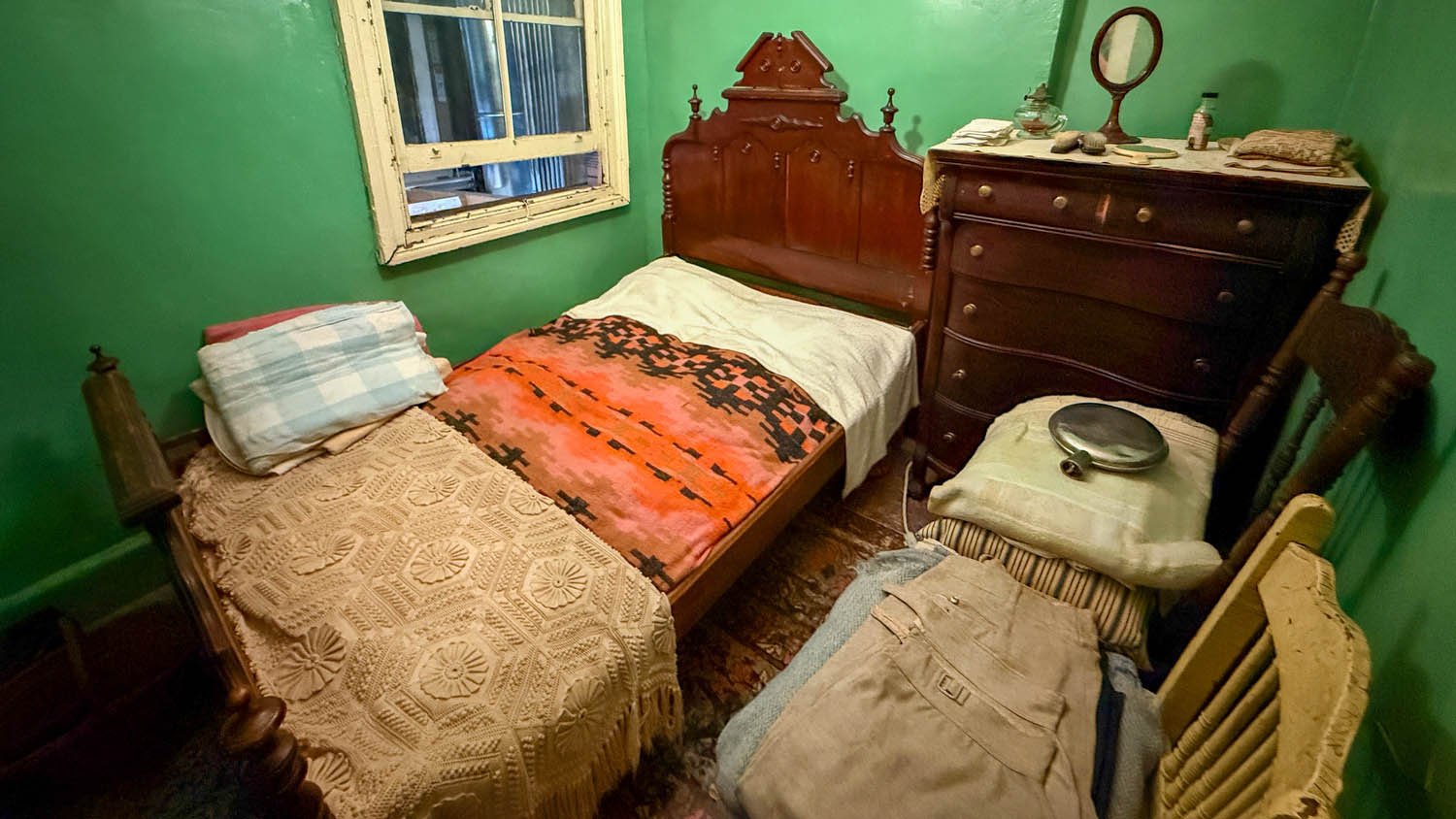







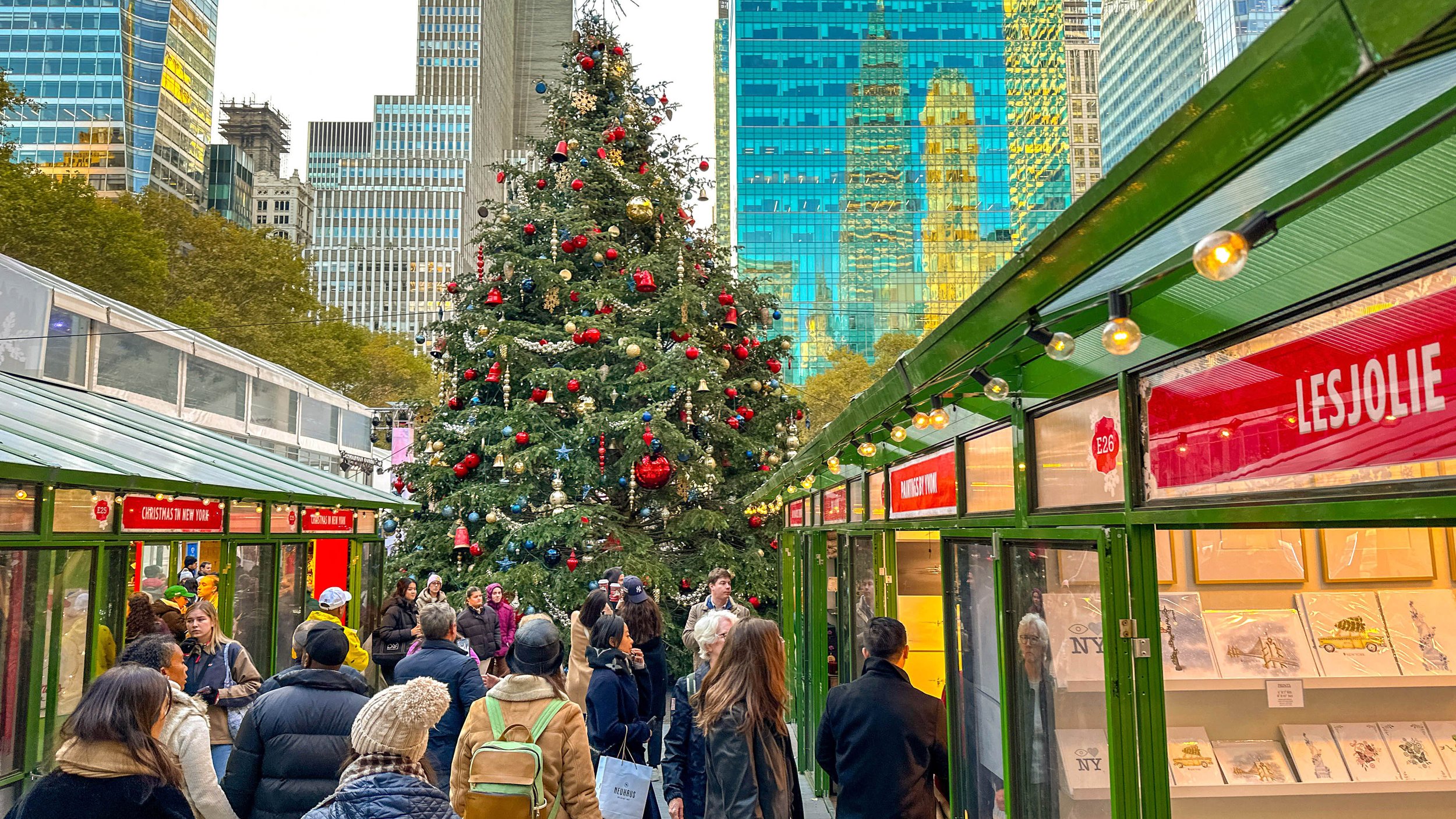
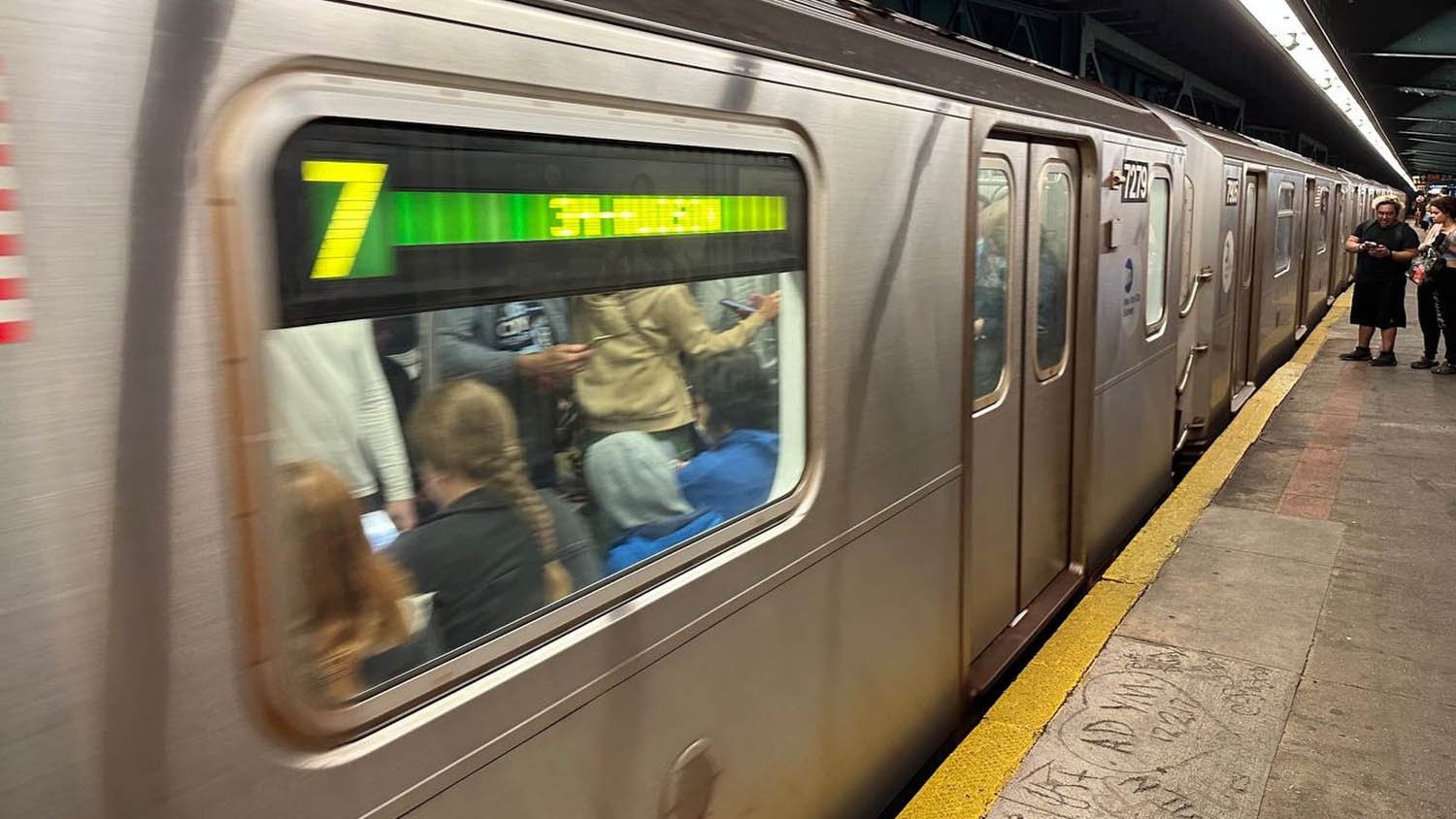

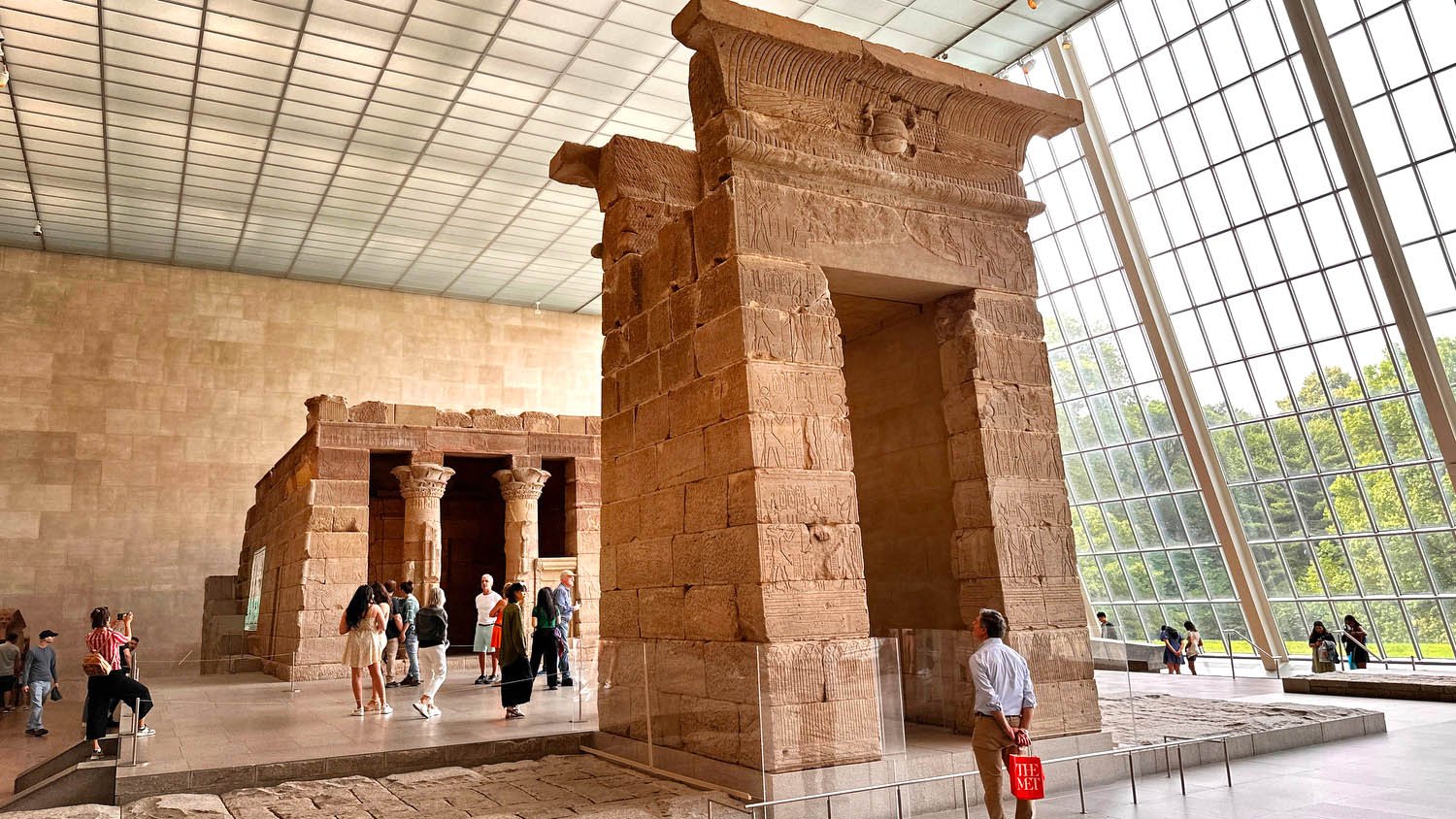








One World Observatory is the observation deck located at the top of the World Trade Center in New York City.
It is the tallest building in the Western Hemisphere and a symbol of resilience in the New York skyline.
The observatory offers 360-degree panoramic views of New York City, and visitors can see up to 45 miles on a clear day.